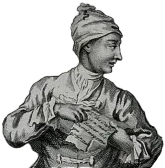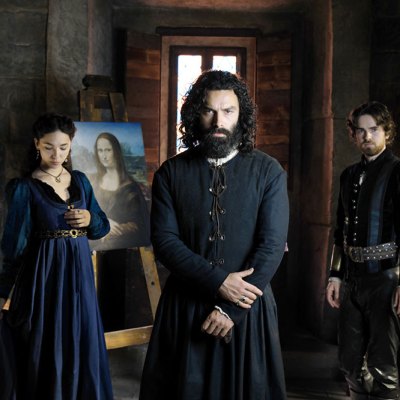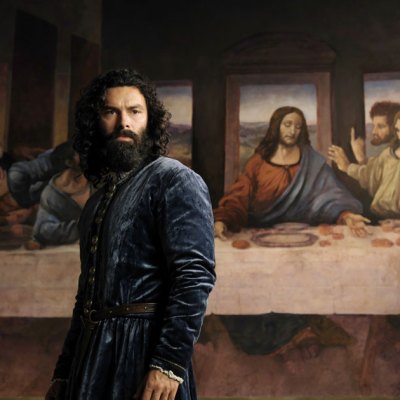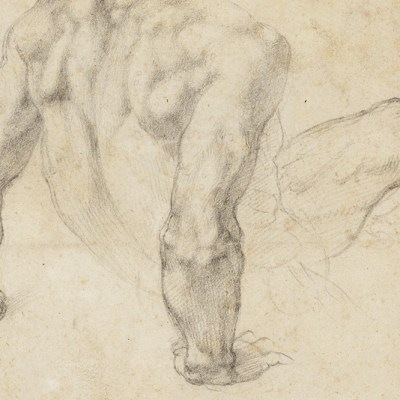The genius of Michelangelo is well documented. Along with Leonardo and Raphael, he is responsible for some of the most widely recognised works of art ever made. But can his genius be improved upon? Thrillingly for Rakewell, it seems this question – a question we never knew we needed answering – has been inadvertently taken on by the BBC.
A new series, Renaissance: The Blood and the Beauty, aired on BBC Two on 2 December. It is a docudrama about making art in Italy in the late 15th and early 16th centuries. But there is no tedious narration or slow pans across works of art to be found here. Instead, the focus is on alliances and rivalries. Episode one opens with the glorious sight of Charles Dance holding a knife while dressed in 16th-century artists’ garb. Viewer, beware. This is not the soft world of Italian art as taught in the 19th century. This is the Renaissance as Game of Thrones. There is a map that keeps coming up like the title sequence of GoT, showing Italy with colour-coded factions of influence. Early on there is a hanging and, for some reason, a crowd with mouthfuls of blood. The directors have really leaned into their title here.
In this version of the artist’s life, fame is the all-important driver. Savonarola, who will usher in a reign of puritanism that eventually forces our hero to relocate to Rome, appears in low lighting, accompanied by four more hooded, cowl-clad actors and a throbbing bass. Dance snarls about the success of Leonardo in Milan. He finds dead bodies to cut into, ‘sickened but compelled’, according to historian Jerry Brotton, who appears as a talking head. ‘Nothing could have given me greater pleasure,’ drawls Dance.
Just so that we fully understand the world we are witnessing, a title card presents the legend: ‘In these brutal times, rulers need money, military might, and masterpieces’. Rakewell can only applaud the alliteration. Luckily, the arc of the episode delivers not just military might (thank you Sforza family) but a number of masterpieces culminating in the Pietà. (In his own appearance as a talking head, Antony Gormley – that excellent didactician – describes the Pietà as ‘touching’.)
Still, Dance brings a sensitivity to what should, if the screenplay is anything to go by, be a monotone Michelangelo, endlessly going on about how ‘it was God who showed me the way’. And he casually waves his hammer around with relaxed flair. It turns out that, yes, Michelangelo can be improved upon – when he comes face to face with the genius that gave body to Tywin Lannister, Charles Dance. It is more than a performance, it is something divine. And surely Michelangelo would have appreciated that.




